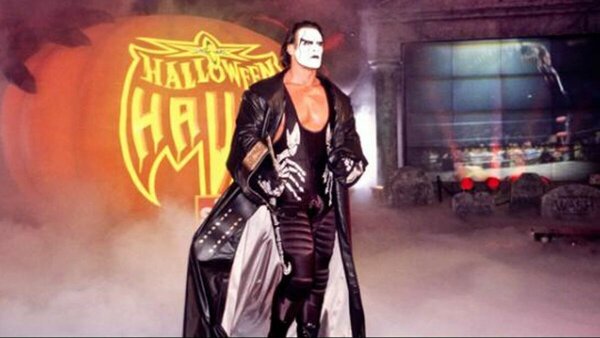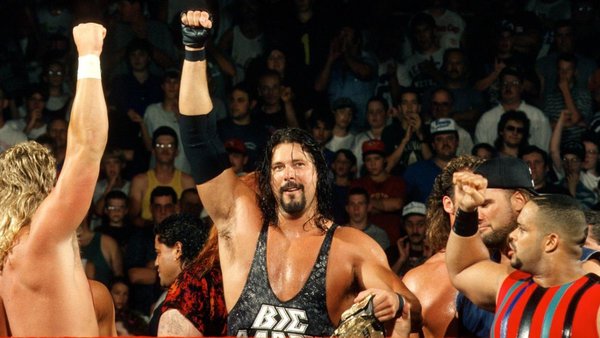10 Ways Wrestling Was Just BETTER In The '90s
Those ways in which the '90s wrestling scene was just so much better than what we have in 2023.

For those of us who lived through it, it's utterly terrifying to realise that the '90s somehow came to a close a whopping 23 years ago. Regardless of how old that will make some of you feel, there's still clearly so much to appreciate about that decade, particularly if you were a wrestling fan.
Of course, the 1990s represented a huge boom period for the wrestling business, bringing in unfathomable TV ratings, insane merchandise numbers, and making the antics of the WWF and WCW the cool talking point of people who would previously give pro wrestling a side-eye of disdain and mockery.
Here in 2023, the industry is in a place where it can only gaze enviously at certain facets of the '90s. And no, obviously such longing glances aren't reserved for exploiting Road Warrior Hawk's real-life addiction struggles, for the Fingerpoke of Doom, or for conducting a live interview with Brian Pillman's poor widow Melanie just one day after her husband's tragic passing.
Still, the '90s is a decade that offered up so many positives for fans when compared to the current landscape of the wrestling world.
10. It Was Less Time Consuming

If you want to fully keep up with WWE these days, you need to make yourself available for at least five hours every single week. Why 'at least'? Well, that's because there are Premium Live Events that can run anywhere between three-to-five hours, there's two days of WrestleMania each year, and there's also the small matter of whether you wish to bother with NXT, too.
We're all wrestling fans here, but it can become a chore just to keep abreast with the current product. And that's solely if you watch WWE. Want to be along for the ride with AEW? That's another five hours of your week. How about IMPACT Wrestling? That'll be two more hours. Again, that's discounting PPVs or promotions such as NJPW, NOAH, AAA, CMLL, ROH, and the NWA. Which in itself is discounting the countless independent promotions who run weekly shows through the likes of FITE and the Premier Streaming Network.
To take WWE's weekly five hours as an example, large parts of the '90s consisted of just one single hour of WWF Raw, before that show was bumped up to two hours, and obviously before WWF SmackDown was introduced mid-way through 1999.
Of course, there were supplemental shows such as WWF Superstars, Wrestling Challenge and later Shotgun Saturday Night, but they were largely the equivalent of what WWE Main Event is these days - as in, not required, must-see viewing to keep atop of major developments.